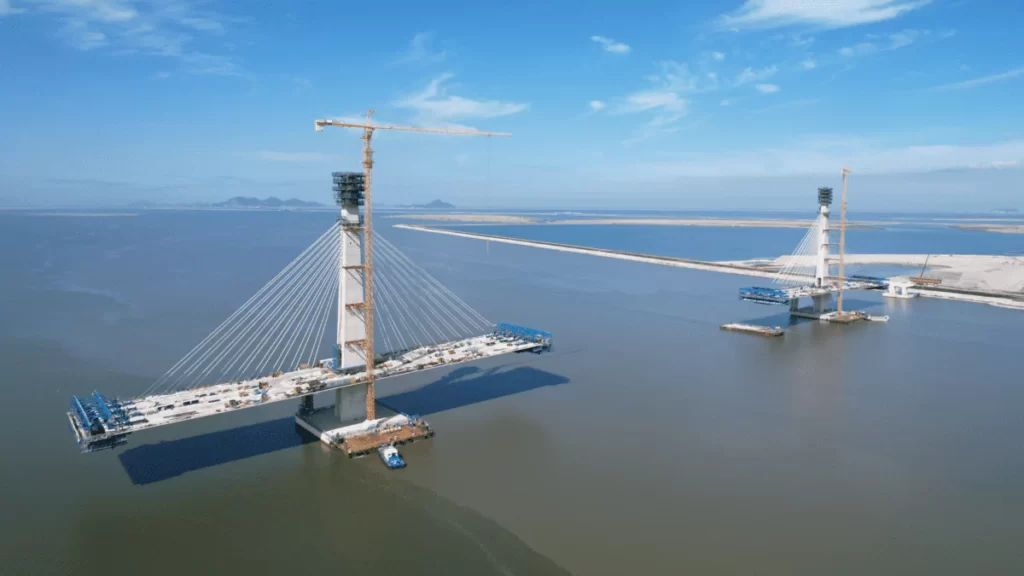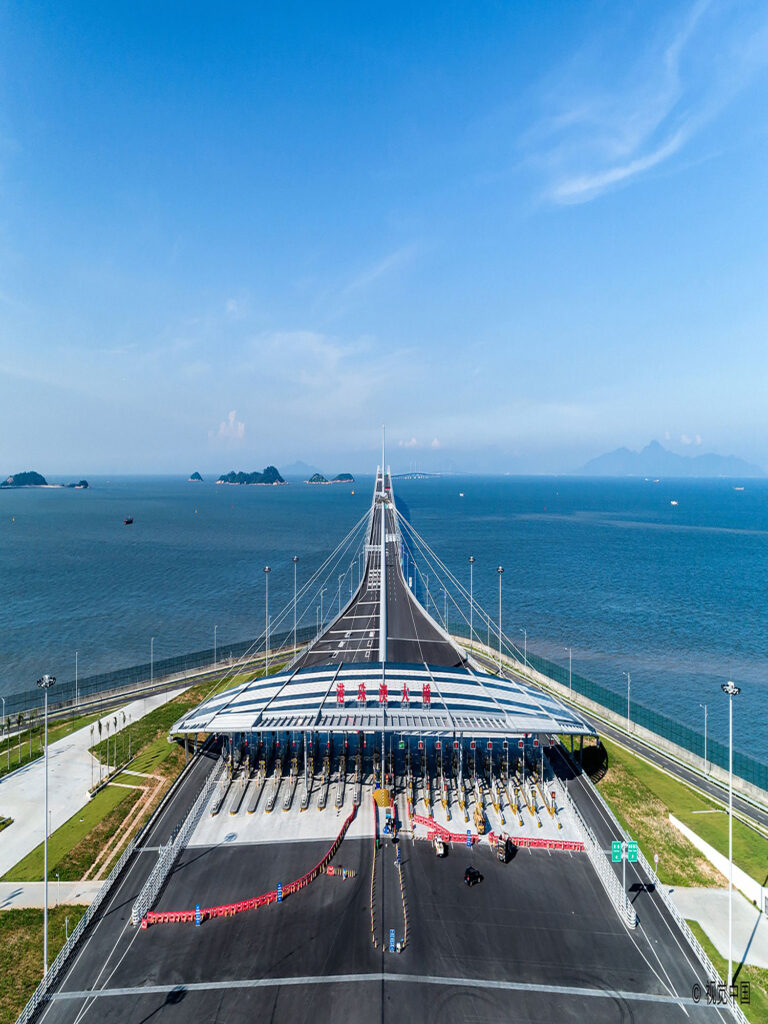The bridge geomembrane project is an engineering technology applied to bridge construction to improve the waterproof performance and durability of the bridge.
In bridge construction, geomembranes are used as waterproof layers and are laid on the bottom and sides of bridges to effectively prevent moisture penetration and erosion, thereby improving the waterproof performance and durability of the bridge.


Construction preparation: Conduct on-site investigation of the bridge, understand the structure and condition of the bridge, and determine the construction plan and technical requirements.
Material selection: According to the characteristics and requirements of the bridge, select a geomembrane of appropriate thickness, cut and weld it.
Surface treatment: Clean and treat the surface of the bottom and sides of the bridge to ensure that the surface is dry, flat and smooth.
Geomembrane laying: The geomembrane is laid on the bottom and sides of the bridge, fixed and welded with special glue.
Welding quality inspection: Conduct quality inspection on the welded geomembrane, including testing of tensile strength, tear strength and other indicators to ensure that the welding quality meets the requirements.
Project acceptance: After passing the acceptance, it will be delivered for use.
The bridge geomembrane project is an important engineering technology that can improve the waterproof performance and durability of bridges, and is of great significance to ensuring the safety and smoothness of traffic.
In the future, with the continuous advancement and innovation of technology, the quality and performance of bridge geomembrane projects will also be better guaranteed.
Therefore, we should actively promote and apply bridge geomembrane projects to contribute to the development of transportation.


